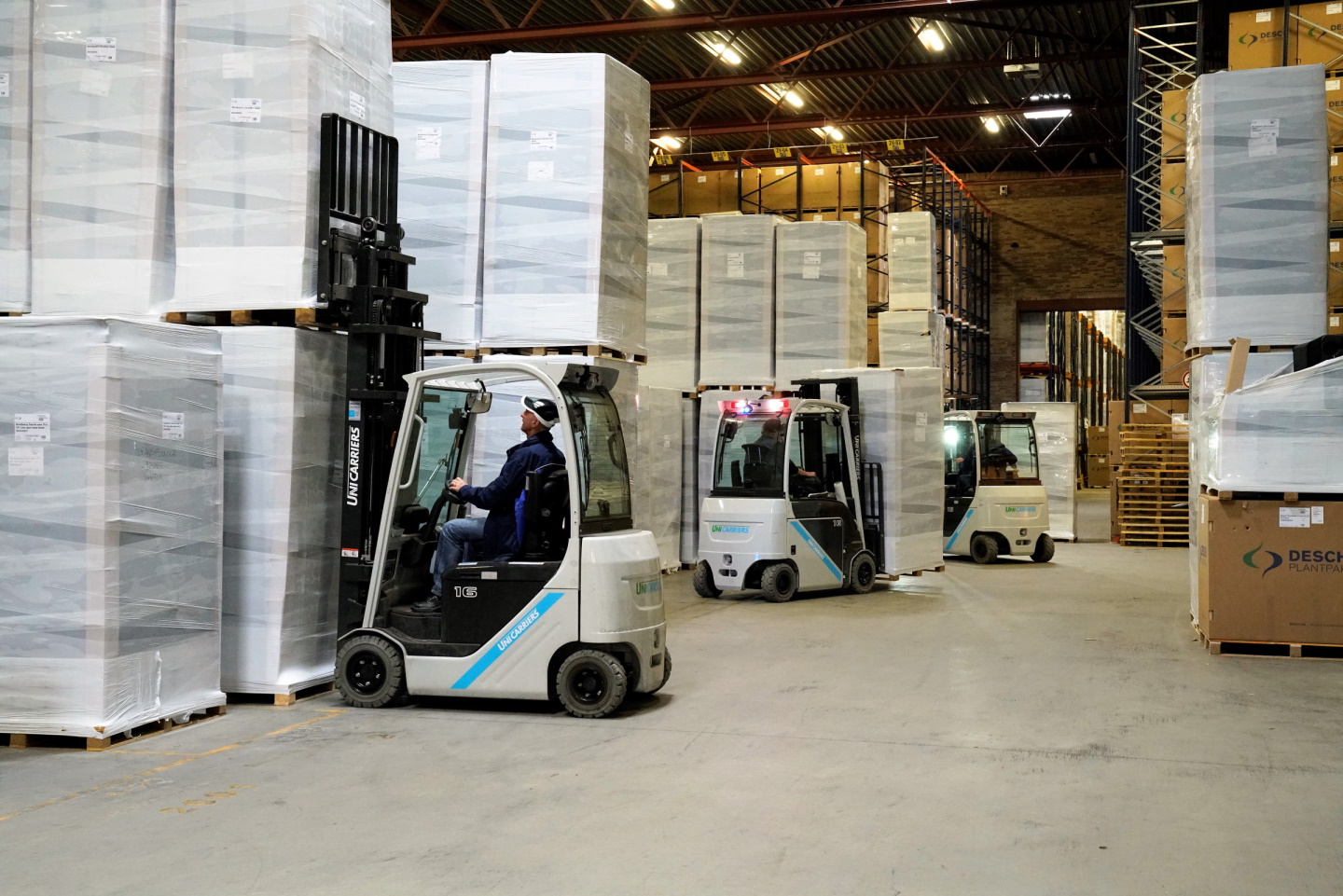Packaging Innovations returns to Birmingham’s NEC on 26 & 27 February 2020. Ahead of its return, Paul MacDonald, Global Brand Director of Easyfairs’ Packaging Portfolio, discusses what can be expected at the show.
Q. Why should the event be marked in all packaging professionals’ diaries?
Our two-day NEC event is the only show in the UK that caters to the whole of the packaging supply chain under one roof. Packaging Innovations, which includes our co-located events Ecopack, Contract Pack & Fulfilment, Label&Print and Empack, enables our visitors to meet with over 300 of the industry’s leading suppliers. The event is a place where they can discover solutions for every aspect of the packaging process, from concept through to fulfilment.
In addition, we have a series of free-to-attend seminars set across four stages, which will enable visitors to hear from industry leaders, innovators and policy influencers as they put some of the sector’s most pressing issues under the microscope. There will also be numerous networking opportunities across both days, allowing the packaging community to come together and do business.
Q. Plastics in packaging and sustainability are hot topics in the industry right now. How will the issue of eco-friendly packaging be tackled at the show?
The topic of sustainable packaging is something everyone is talking about, and not just within our industry. With leading decision-makers in the room, the show offers the perfect opportunity for the packaging community to convene and talk about how we can be more eco-conscious at every point on the supply chain.
We are dedicated to providing insightful, cutting-edge information to our visitors, so we work with leading experts to ensure our content tackles the industry’s biggest challenges and current trends. As part of this, we host an annual Ecopack Advisory Board which offers us the opportunity to discuss the hottest issues in sustainability with the industry’s brightest minds. Our most recent meeting gathered the likes of WRAP, WWF, OPRL, ThePackHub and the Recycling Association to talk about the wider issues in creating sustainable packaging. This was invaluable in offering a unique insight into the challenges currently facing brands, with waste management, consumer education and readjusting the ‘plastic phobia’ mentality all flagged as key issues that need to be addressed by the wider community.
These discussions have helped inform our eco focus at the show, which has been devised to offer a balanced view of the sustainability debate. Our Big Plastics Debate offering has evolved for 2020 in order to move the conversation forward, and will return as The Big Debate. These sessions will take a holistic view of the sustainability discussion, as speakers explore the wider impact of plastic and its alternatives, as well as tackling the complex issue of creating a solution that is truly eco-friendly at every point in the supply chain. Discussion points will include zero-carbon targets, future-proofing packaging and convenience vs sustainability.
Q. What can visitors expect to see at the show this year?
With five co-located events under one roof, the show floor will feature over 300 suppliers, many of which will launch their latest innovations live at the event. As well as a wealth of leading exhibitors, we will host our CPD accredited seminar programme which will discuss topics from concept and design through to print and logistics. Our series of dedicated industry forums will take place across both days and have been designed to offer tailored advice for the food, drink, beauty, pharmaceutical, and e-commerce sectors.
The Education Hub will also make its NEC debut. We hosted the feature in collaboration with Earth Island at our London show in September with great success. It has been designed to connect students and apprentices with industry experts to inspire the next generation of packaging professionals and is an area we are particularly proud to be supporting.
Alongside all of this, we will host a number of networking opportunities, including our networking drinks at the end of day one – which we invite all visitors and exhibitors to attend.
Q. What news is there on suppliers?
After a record-breaking 2019 event, we are excited to be welcoming back over 75 percent of last years’ exhibitors. We will also be hosting a number of new suppliers which together will provide a wide variety of expertise for visitors. Some of those joining us at NEC include: RPC M&H Plastics, AEGG, Nulogy, Charpak, Ampacet, Sirane Group, Innovate UK, Schur®Star Systems, AstroNova, Foxpak Flexibles, Simply Cartons, Staeger Clear Packaging, Macpac, Dantex, Epsom, IST, Codeology, Denny Bros, Lemonpath, Automated Packaging Systems, KTEC Group and Yorkshire Packaging Systems. With many more names still to be announced, it is certainly an event not to be missed.







